Below is an introductory article that I wrote for the NewEurasia Website – a website uniting bloggers from around the Central Asian region. www.neweurasia.org
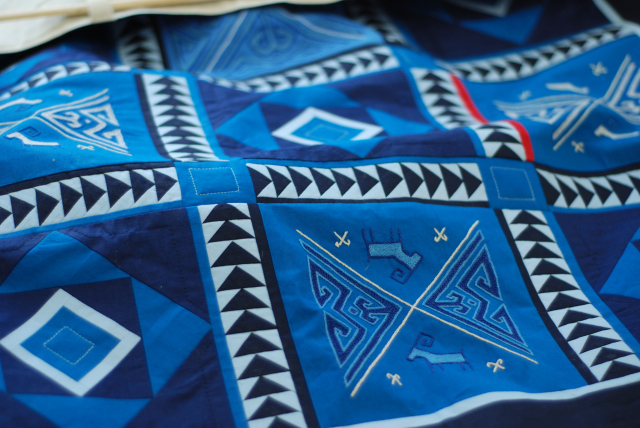
Crafts in Kyrgyzstan: A Look at Creative Small-Entrepreneurs
While the politicians talk and argue about policy, struggling to piece together effective democracy, life on the street goes on: people, everyday, waiting for change, and continuing to craft a living among the economic chaos and slowly crumbling soviet infrastructure. Political quarrels and corruption have left many still unemployed, lost, and without the necessary financial tools to enter a new economy of competition and risk. It has left many blisteringly poor. Part of the picture is bleak. But the hardship has also spurred a small, mostly female group of craft entrepreneurs creatively supporting their families and communities.
Looking at crafts in Kyrgyzstan today is to look at hope and the strength of small entrepreneurship.
On the Recent Development of Crafts
Crafts development in Kyrgyzstan was fostered by the need for employment and profit-creation. When Soviet economic structures fell over night in Kyrgyzstan, women and men were left unemployed, without the security once offered by the planned Soviet system. The brutal loss of employment and the distress and poverty caused by the rampant inflation that followed the disintegration of the Soviet Union put clear pressure on family heads, the breadwinners. This chaos created unlikely entrepreneurs. Women from both urban and rural regions were faced with the hunger-pangs of their children, and the primal (perhaps cliché) need to feed and maintain their families. Emboldened by need, women launched into small business ventures.
“Women became aggressive. The woman had to face their children asking them where dinner was,” says Almadjan Mambetova, Chairwoman of the crafts organization Kyrgyz Heritage. “It was the women who would hear their kid’s pangs of hunger. Not the Dads. Faced with unemployment, women became interested in crafts,” Almadjan states. After the fall of the USSR and losing her job as a painter, Galina Turdyeva the founder of the Bishkek-based Kiyiz Art Studio says that “this is when I had the idea to open something on my own. I had so many doubts. I was not sure how to combine art with business. But under the strenuous economic circumstances, and the surprising turns of life, I had to do just that - launch myself into this business.”

At this time, development organizations played a pivotal role in the development of these entrepreneurs. Organizations like Aid to Artisans began to show local women that the crafts they were making for their families (felt-rugs, weaving, embroidery, etc.) could be sold for profit. Foreign aid organizations working with local experts like Dinara Chochunbaeva introduced the idea that there was a market for all these formerly home-centered crafts. Women could capitalize on the ancient skills at which they already excelled.
Unlike other regions, crafts in Kyrgyzstan were traditionally made for a family’s own consumption and use, not for economic activity. Each family had the knowledge and skills to make a wide variety of crafts. However, the idea that these home crafts could be sold for profit was new. In the context of unemployment and high economic pressure, the idea took root and developed with initial financial help from a large variety of development organizations.
“The present had failed them,” Almadjan Mambetova says, “so many women looked to the past to see how they could earn money.”
“A tough life has made us remember our traditions,” says Galina Turdyeva.
Women created crafts organizations and started making traditional felt rugs, Shyrdaks and Ala Kiyiz for the foreign and tourist markets. Through trainings with organizations like CACSA, the Central Asian Crafts Support Association (an offspring of the work done by Aid to Artisans) they learned the wide variety of different crafts and souvenirs that could be sold. They learned the essentials of business-creation, marketing and how to make consistently high-quality goods following international standards.
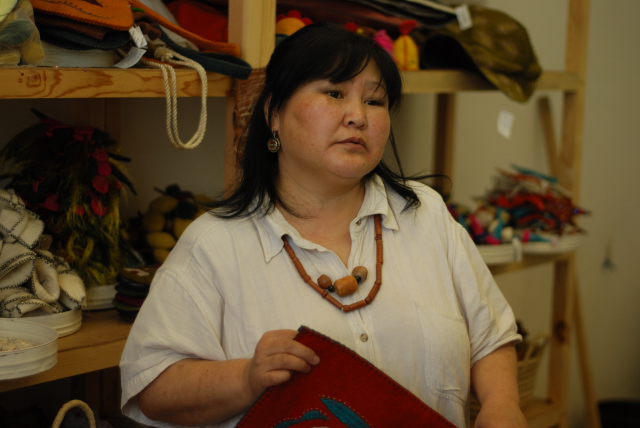
Reviving Old Traditions
This new small business-creation was all the more powerful (and successful) in that it was built on the rich and deep-rooted knowledge of Kyrgyz traditional culture. Marketing and business knowledge were brought to already existing local knowledge and technologies.

The nomadic/semi-nomadic way of life of the Kyrgyz, and the character of the traditional Kyrgyz economy based on herding had promoted the development of many home crafts for local/family consumption. Often away from town-centers and their markets for months at a time, each family needed to be able to produce the crafts essential for the daily life of their household. Each family thus knew the technologies and skills involved in the crafts, which were passed down from generation to generation. This was a rich knowledge carried and shared by each member of society. (This is not true to all crafts, as some crafts like metal-working were specialized and usually done by one local master). Even after years of Soviet rule and the lifestyle changes brought by the Soviet economy, most households in rural areas still knew these skills, many continuing them for home-consumption.
The women-entrepreneurs with the help and support of the development agencies would tap into this local knowledge.
A Kyrgyz Business Model
To harvest the unique opportunities created by the widespread craft knowledge, the women developed a tailored and focused business-model.
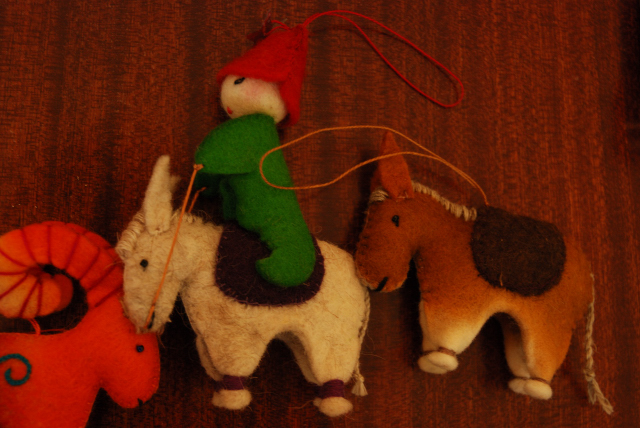
Choosing one craft: the first step for creating their businesses was to focus on one of the traditional crafts. As the main element in the nomad’s traditional house (the yurt), felt occupied a key place among traditional crafts. Furthermore, the knowledge of felt-making (unlike metal-working for example) was still widespread after the fall of the USSR. The raw materials (wool, water) for felt-making were also readily available and affordable. There would also be minimal infrastructure investment involved in felt-making, as it could be made entirely by hand. It was therefore logical for the new entrepreneurs to center their budding businesses on felt.
Quality was the next challenge. Although each woman knew how to make the felt and felt-products, there was great variance in the quality and style of each piece. Each woman had different quality standards. This was a hurdle the entrepreneurs needed to overcome.
To focus the quality and design control, the business model was centered on one studio/organization/NGO, which then reached out to involve a wide network of female employees based in their homes, in surrounding villages. One or two studio leaders design all the crafts that will be made by the organization and its network. Based on those designs, four to five full-time salaried staff work in the main studio, where they prepare the various felt pieces that are needed for each design. If the studio makes its own felt, rather than buy it ready-made, the salaried staff is also responsible for felt-making. The full-time salaried staff prepares the felt, chooses the colors, and cuts out the pieces according to pre-determined standard sizes and designs.

The four to five full-time workers in the main studio then create “craft kits” which include the felt pieces, the chosen color of thread that will be used to assemble the pieces, as well as all the accessory beads or tassel. The main studio then distributes these ready-made “craft kits” to their network of home-working women. With these craft kits, the main studio assures the creation of standard sizes and designs as well as the high quality of the felt. The home workers will assemble and embroider the kits, and be paid per piece. They bring the finished pieces back to the studio and pick up the next order of “craft kits”.
Socially Responsible Business
Integral to this Kyrgyz business model – and what I believe makes it really innovative - is the idea of development. The business model directly addresses and “takes advantage of” the high unemployment rate in Kyrgyzstan, providing part-time home-based labor to unemployed women. It taps not only into the existing skills of the community, but the need of many women to find part-time employment. These artist businesswomen have created organizations with clear grass-roots social benefits.

Most of the studio heads that I talked to, stressed the point that they are employment-generating ventures, creating jobs for vulnerable women.
Building on these social results, the new business-women have learned that communicating and marketing the “social goals” of their studios and businesses could be profitable. They have learned that both their buyers and potential donors value these social results: buyers ready to pay higher prices, donors ready to distribute grants. Interestingly many of the business leaders that I talked to call their studios “NGOs”. Indeed they are non-governmental private ventures, so in essence are NGO’s, but the organizations have the clear aim of being profit-driven ventures, and are not dependent on grant-money for survival.
That these crafts organizations have become versed not only in the existence of wide demand for their products, but also in the marketing and development vocabulary of the West - is probably closely linked with the presence and initial support of aid and development organizations in Kyrgyzstan. But this conception of their small crafts businesses as NGOs, I believe is also interesting, in that it highlights both the strength and weakness of the Kyrgyz crafts market. First, the strength of the market’s creativity and talented marketing, and second the apparent weakness of the overall business environment that does not support small-entrepreneurs, but forces them to search for development grants and aid in order to grow.

Reviving Tradition
Beyond their employment-generation potential, these small crafts-businesses are also helping to revive and sustain ancient gestures and traditional knowledge.
As household objects of daily use, crafts are tightly intertwined with a people’s traditional way of life. Crafts are fossils of tradition and life, maps of cultural identity reflecting daily gestures and generations of esthetic choices. To look at a craft object is to glimpse at how people see and act in their world. Yet, as objects so closely tied to traditional lifestyles, they are also vulnerable to the abrupt changes in lifestyles, seen most recently in Kyrgyzstan with sovietization and now globalization.
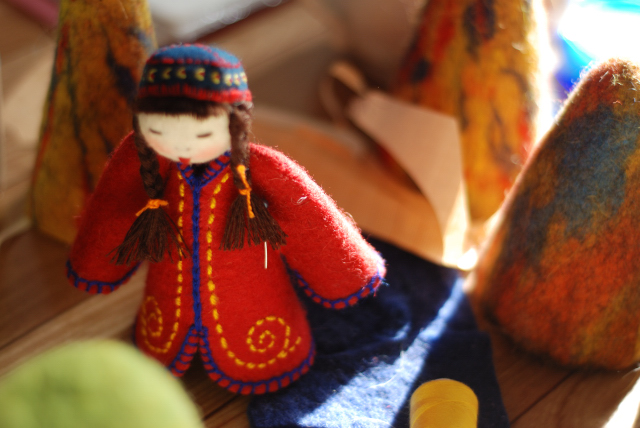
“Today, the disappearance of traditional cultural values [is] precipitating the extinction of traditional skills and expertise accumulated for ages, handicrafts are becoming a rarity (…)” says Dinara Chochunbaeva
Galina Turdyeva, head and founder of the Kiyiz Art Studio, speaks about the disappearance of traditional knowledge. She points to the fact that the links between the generations are fading. Where once young women would learn these crafts from their mothers and grandmothers, today this passing-down of knowledge is becoming a rarity.
Galina believes however, that a strong market for traditional crafts can help revive these generational links and help preserve that sacred knowledge. “If there is a market,” she says, “people will continue to make traditional crafts and arts. The future is dependent on the existence of a market for the goods.”
Many of the new crafts businesses have explored and revived some of the most traditional ornaments of Kyrgyz culture. The felt rugs made by the organizations include those ancient pre-Islamic forms that reflect Kyrgyz ancient shamanist wisdom and spirituality. The ornaments of the crafts carry images of sacred myths and symbols, their color choices reflecting the balance in nature, and the cyclical rhythm of the nomad’s world.
“We have our own way of thinking,” says Almadjan Mambetova of Kyrgyz Heritage. “The early Kyrgyz were children of nature. They considered themselves as part of nature: the sun, moon, mountains were intertwined in their lives. They knew a cyclical time, led by the equinox. At Kyrgyz Heritage, we have integrated this knowledge in the crafts we make today. We incorporate the meaningful ornaments of the past.”
There are many people trying to preserve the know-how: the knowledge to make the felt crafts and interpret their ornaments. Others are also starting to revive other crafts and traditional knowledge.
In Bokonbaevo, Jildis Asanakounova the founder and director of Felt Art Studio, wants to expand her successful business to include embroidery. “I see that embroidery skills are disappearing rapidly,” she says. Jildis has been collecting antique embroidery pieces and learning some of the stitches, but she believes that more needs to be done to save the knowledge of Kyrgyz embroidery. “I am looking to integrate some traditional embroidery in the crafts we make for tourists, to create a market for embroidery. I’m sure it can work,” continues Jildis. She is currently looking for the funds she will need to expand her business into this new line of crafts. She notes that time is pressing however, as many of the older women who still know how to embroider are getting older, and will soon no longer be able to teach and share their craft. A micro-finance loan or a small-business initiative grant would be rightly placed in her hands.
A Maturing Market
There are no crafts if there is no profit. It is perhaps an obvious statement, but it needs to be retold. If there are no buyers, there will be no makers. Over the past sixteen years, Kyrgyz craftsmen and women have created their market: assembling the makers and seeking out the buyers, they have transformed home-centered crafts into profitable businesses.
Today, the Kyrgyz crafts market has a variety of actors. There are large support organizations, like CACSA and the Kyrgyz Crafts Organization that assemble, support, and market Kyrgyz crafts. There are large local shops and showrooms such as Tumar, Kyrgyz Style, and Tsum that provide a local sales-surface for small crafts organizations from throughout Kyrgyzstan. There are also a few foreign-based stores that regularly purchase from various Kyrgyz studios, providing a foreign sales-surface. However, studios mostly rely on crafts fairs and festivals to gain access to the foreign market. The market also has numerous individual studios with their own local storefronts. The home-workers with no participation in sales stand in the background, but are pivotal to the success of the organizations.
The supply is strong and competition fierce. The actors however, remain small and the work hand-made and labor-intensive. The increase of machinery will most likely bring about significant change in the market structure. One of the market’s greatest strengths – beside the beauty of their products is the predilection of the Kyrgyz organizations for creative innovation. A real strength that is visible in Kyrgyzstan’s crafts-market is that it is not only about revival, but about seeking new creativity, new innovation and adjusting to the preferences of demand.
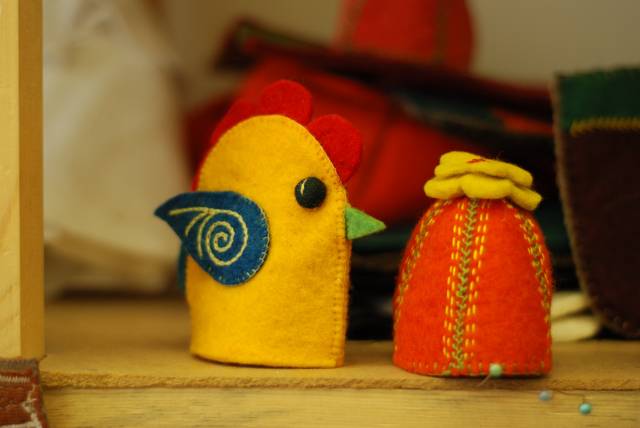
Ideas are quickly recycled among the different workshops and studios and the fierce competition is motivating higher quality and continued innovation
Sales and finding demand is the current challenge: how to create sales-surfaces abroad, where the demand lies. If someone has an advantage in reaching out to the foreign market they will inevitably start to lead. Kalipa Asanakunova and Asel Saparkova have demonstrated this, as they have used Asel’s fluency in the German language to tap into the German market, and become leaders there.
Foreign demand remains relatively untapped – and the market therefore remains dynamic, with many new opportunities to seize.
The craft industry in Kyrgyzstan is firmly implanted and strong – but there remains much left to do to help small-entrepreneurs realize those larger, more ambitious plans. Small entrepreneurs are at the base of both economic and social growth and change – they are the local actors that can perhaps help Kyrgyzstan emerge from economic crisis. They are integral players, and they need support.





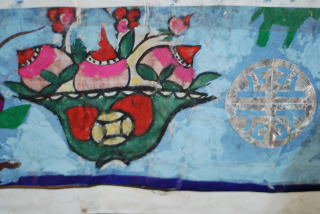

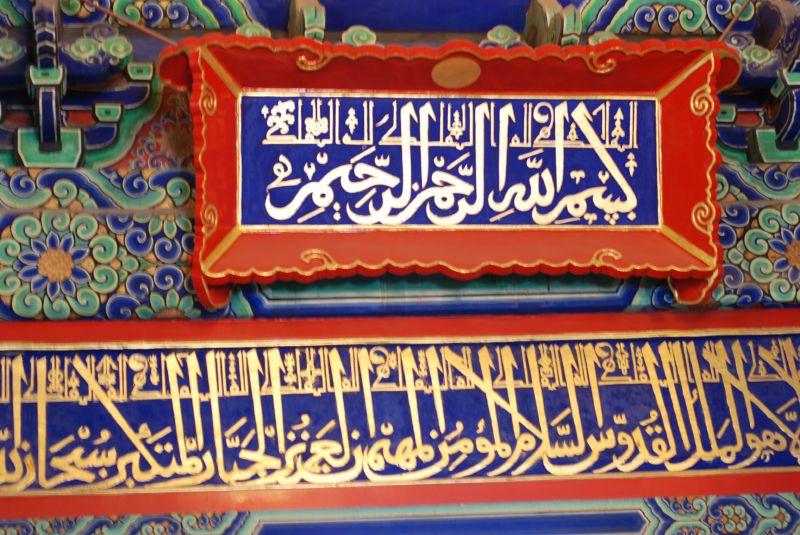

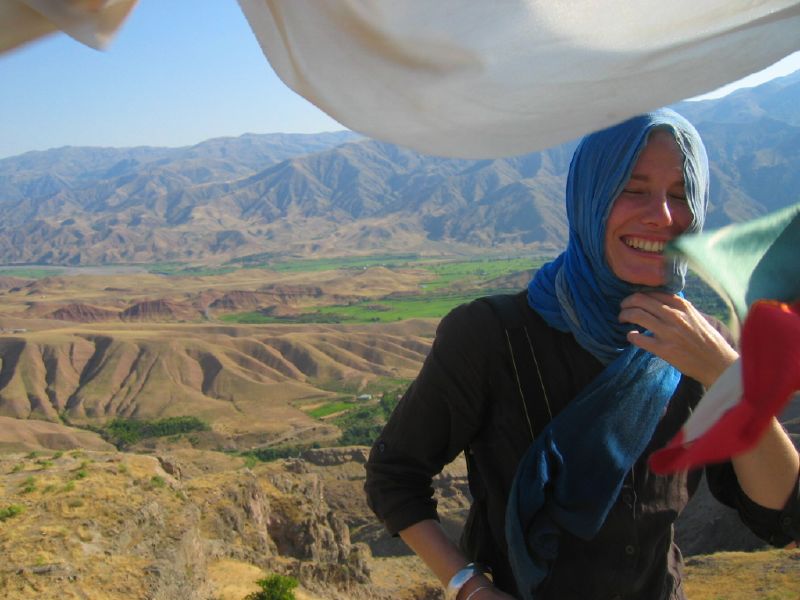
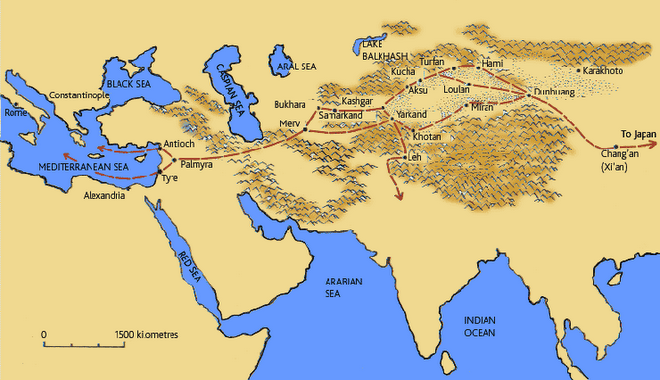
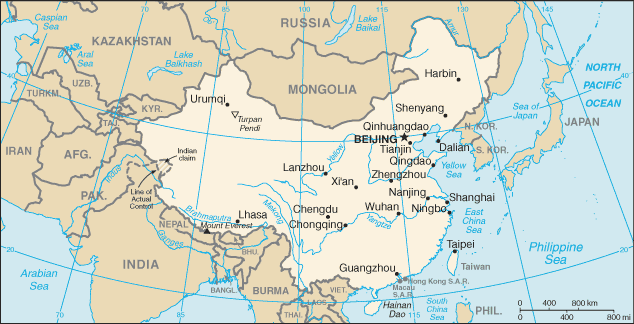
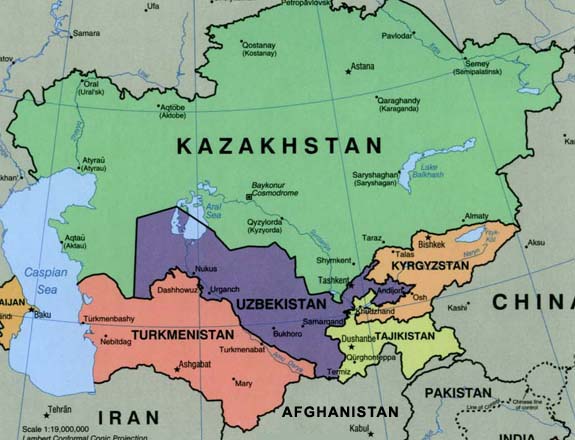
2 comments:
Your reports make fascinating reading!
I have worked with both Almajan (Kyrgyz Heritage) and Janyl (Altyn Oimok) on their business/marketing skills and have managed to establish some very limited market for their felted work on the West Coast of Canada. But what all the crafts people of KG need, as you indicate in your writing, is markets outside KG. There are not enough tourists going to KG to sustain the craftspeople who are so valiantly trying to feed their children. Does anyone have IDEAS FOR STORES, INDIVIDUALS, MARKETS for these excellent crafts made by some remarkable women?
Yetta,
I'm sorry for my ultra late reply. I would love to hear more about your work with Alamjan and Janyl. Maybe we can do some business brainstorming. I get home to NYC around mi-November, and would love to get some serious ideas going.
Post a Comment